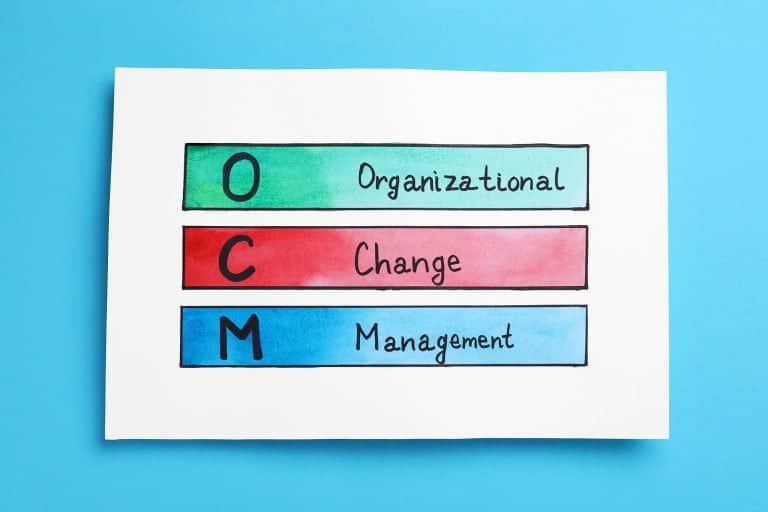The bottom line for IT Service and Operations Management at many enterprises is the ROI of the ITSM and ITOM solutions they utilize – and many have discovered that ServiceNow delivers the efficiencies, improved productivity and client and IT team satisfaction to maximize cost savings and revenues.
Such are the major findings of The Total Economic Impact™ of ServiceNow Study (April 2017), which ServiceNow commissioned Forrester Research to conduct. Forrester applied a comprehensive methodology for its study, which included due diligence of ServiceNow stakeholders, developing a financial model framework and creating a case study, among others.
The primary basis of the study, however, was interviews with seven ServiceNow customers with many years of experience using ITSM, ITOM and Performance Analytics. They represent companies in two regions of the United States, North America and Western Europe and a variety of industries, including financial services, healthcare, manufacturing and airlines. Usage volumes at their companies ranged from 12,000 service requests per month to 1 million knowledge management records to 3 million configuration items.
Forrester’s interviews and financial analysis allowed it to design a model composite organization. The bottom line of the analysis was that such a model organization, using ServiceNow, could realize $17.3 million in total present value (PV) during a three-year period versus $5.9 million in PV costs. The net present value (NPV), therefore, would be $11.4 million, delivering an ROI of 195% and a very short payback period of nine months.
What Forrester’s study revealed was how well ServiceNow addressed the many challenges the composite organization would be facing, based on the real-world feedback from the seven ServiceNow customer interviews.
One of them, a director of IT production services at a pharmaceutical company, expressed those challenges quite succinctly.
“When we implemented ServiceNow, we had no CMDB, we had no integrations, no governance, and we had separate systems that weren’t talking to each other. We were at an ITIL maturity level of 2 to 2.5. Now, most of our processes are at a 4 to 4.5.”
With the experiences of these ServiceNow customers as a starting point, Forrester was able to cite five risk-adjusted benefits of utilizing ServiceNow.
- Increased the operational efficiency of the IT employees using ServiceNow during their day-to-day jobs within ITIL process areas. Not only did this save $9.7 million in productivity savings among the seven companies, but also increased the employees’ work capacity by 20%.
- Help desk staff required less outsourcing of their work, because ServiceNow provided an improved service catalog, routing and workflow capabilities. These resulted in more than $4.1 million of cost savings during a three-year period compared with legacy systems.
- Personnel were able to focus on delivering more and better customer service. They could respond to the knottier incident and service requests that required human interactions, as ServiceNow’s automated services were able to address more of the easier requests and functions. The savings during the same three-year period totaled more than $3 million.
- With the use of ServiceNow, these seven enterprises discovered that each employee’s service requests required approximately 15 fewer minutes of their time, thus gaining three hours of productivity per employee annually. The three-year grand totals were $1.3 million in productivity savings and 45,000 fewer hours required for the service and incident request process.
- Once ServiceNow was implemented, there was an increase in uptime because of fewer unplanned service interruptions. The dollar savings totaled more than $3 million during a three-year period and was a major contributor to that $11.4 million NPV. At a more granular level, high and critical incidents were pared by 25% and mean response time improved 200%, decreasing from four to two hours.
The Forrester study also revealed a number of qualitative benefits of ServiceNow. One that should be of particular interest to IT Service and Operations Managers was a measurable improvement of customer satisfaction scores for end users working with IT organization operating ServiceNow. More important than a customer satisfaction number were the many customers able to forge strategic business partnerships with the IT organization, which delivered considerably more long-term value than just basic transactional relationships.
Another qualitative benefit closely aligned with customer satisfaction the interviewed organizations experienced was business growth and expansion at a faster pace. Not only could they respond to and satisfy requests quicker and easier, but also provide their customers with the necessary applications and services to innovate, create new products and develop new services, resulting in more growth and expansion for them.
According to the report, ServiceNow is good for IT teams; it’s good for customers; and it’s good for the bottom line.





